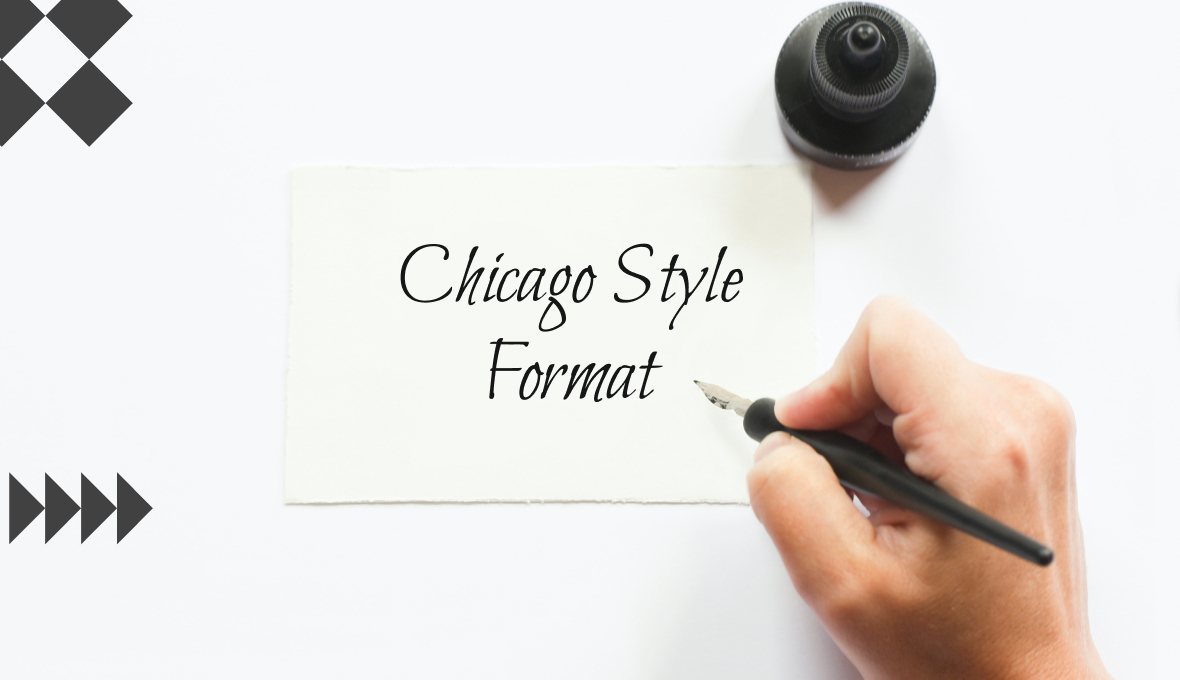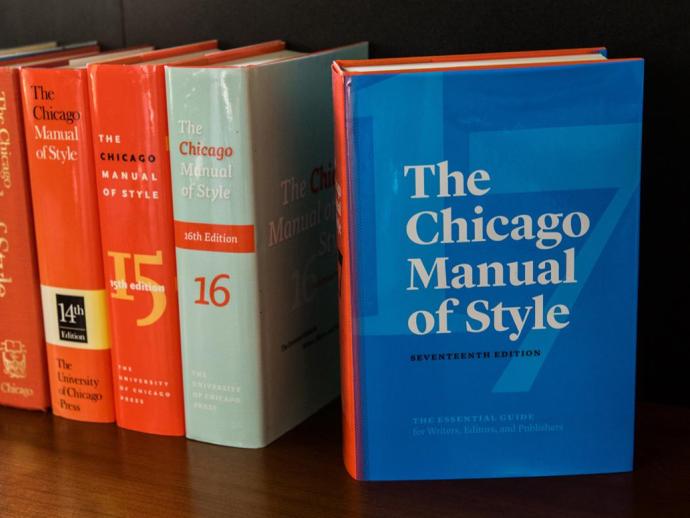
Throughout the humanities, Chicago Style is the preference for citation purposes. As you likely suspect, it was developed by the University of Chicago to create conformity among different disciplines.
Unlike MLA or APA, it uses footnotes and is more flexible than other kinds of citation—which also means it can be more difficult to master. Like many forms of citations, it’s tedious and time-consuming. If you’re using it for the first time, then you’re in the right place.
Here’s this guide to help you cite in Chicago Style and know everything there is to the proper Chicago citation format.
Before anything else, let’s define what Chicago Style is and how it came to be.
What Is Chicago Citation?

Also sometimes referred to as the Turabian Style, the Chicago citation has been around since 1891 and is largely based on the Chicago Manual of Style (CMOS). Now, there are some nuanced differences between Turabian Style and the Chicago style, but most people do use the terms interchangeably.
Currently, in its 17th edition, this form of citation is one of the most widely used in the US. It’s also been especially popularized by authors, editors, proofreaders, indexers, and copywriters alike.
Chicago Style is generally used by the following disciplines:
- Business
- Historical research
- Fine Arts
Within Chicago citation are two referencing styles:
- Notes and Bibliography (NB): Citations are through numbered footnotes and endnotes, with a corresponding bibliography at the end of the paper.
- Author-Date: Citations are done through in-text parenthetical references within the text itself, along with a full reference list at the end of your paper.
Both the bibliography and reference list should be listed in alphabetical order.
As you write your research paper, you only need to stick to one of the two referencing systems throughout your paper. Avoid switching between the two, since they’re both parts of the Chicago Style.
Tips And Hints On How To Cite In Chicago Style

The following are the general guidelines that should be followed when using the Chicago Manual of style format:
- All the text in the work should be double-spaced. This includes block quotations, entries in the bibliography, and notes.
- Any extract of more than 100 words or containing more than five lines should be considered a block quotation.
- In poetry, the Chicago manual style of citations calls for blocking when quoting more than two lines.
- No quotation marks should be used when dealing with block quotations.
- The block quotation should always begin in a separate new line.
- The block quotation should always be indented away from the left margin using the indentation tool found in the word processor.
- The numbering of the pages should start with the first page’s header and should be done in Arabic numerals.
- Subheadings should be included when handling long papers – in this case, you can come up with your format, but you should make sure that it is consistent.
Other guidelines include:
- Having margins of at least “1”.
- Typing using a readable font such as Times New Roman.
- Visible font size should be at least more than 10pt but most preferable 12pt.
How To Design Chicago Style Title Page?

The Chicago style requires every paper to have a title. This can be done on a separate text cover page or made part of the first page of the text.
The following guidelines should be followed in case you are required to have a text cover page:
- The title should be placed at the quarter mark from the top of the page. It should be centered
- Your name should be placed at the halfway mark of the page. You should also include class information and the date
- When dealing with subtitles, the title line should end with a colon, and the subtitle should follow another line
- Each line on the title page should be double-spaced.
Headings

The style of citation has no fixed method on how to present heading and subheadings, but some recommendations that have been made include:
- Maintaining a level of consistency is important.
- Headline style should be adopted to make capitalization easy.
- The subheading should always begin on a separate line.
- Font size should be used to separate the main heading and the subheadings.
- Consistency and clarity should be maintained at each hierarchical level.
- You devise a way of differentiating the levels of subheads. This can be done by bolding or italicizing, as well as the placement.
- Limit the level of the hierarchy to at least three levels.
- Subheadings should not end with periods.
How To Put Chicago-Style In-Text Citation In An Essay?
In-text citations in Chicago Style are usually in the form of footnotes or endnotes. When citing from any source, you should include a superscript number immediately after the quote or the paraphrase. The numbering should be done in a sequence. All the superscript numbers should match the citation located in the footnote or the endnote.
The endnotes are usually done on an endnote page. This page should have the title ‘Notes” centered. This page should be followed by the bibliography page. In the case of footnotes, they are always located below the page that they have been referred to.
Footnotes/Endnotes
When you are referring to a citation in-text for the first time, then you have to include the entire information, that is, the author’s full name, the title, the place of publication, the name of the publisher, the year of publication, and the page numbers.
In case you are repeating what has already been cited, then you can reduce the amount of information by only including the author’s last name, a short title, and the page numbers.
A Good Example Of The Chicago Style Template

A Chicago-style essay should follow the following template.
- Title of Your Paper
- Your Name
- Course
- Professor’s Name
- Date
(Be sure to add a page break to separate your title page away from the rest of the text)
This is where you begin your main text. Note that at the right top of your page you have your last name and the page number. The title page should not have a page number. You can split your work into different sections, using subheadings.
The trick here is to ensure that your work is consistent. Use raised Arabic numerals when citing your work in the footnotes. Your thesis in Chicago statement should be at the introduction of your work.
You can find further details on how to use this style in the handbook provided.
The Word processor will automatically insert your footnotes for you. You can use the references Tab then place the cursor where you want to add the foot and click on insert footnote. Chicago is the most preferred writing style because it makes the text look cleaner, and makes it possible for the reader to easily access the sources hence promoting interactive text reading.
Depending on your instructor, you can also add the work cited page. However, it is not necessary because all the information about the sources has already been captured in the footnotes.
Works Cited
This is a separate page where you should list all the sources you gathered while researching your essay. The title of this page can be “Work Cited”, “Bibliography” or “References”. In any case, they should be centered at the top of the page.
When putting the entries, you should ensure that you leave two lines before inserting the first entry. The subsequent entries should be one line apart.
As mentioned earlier, this page is optional when you are working with the Chicago style. This is only applicable when the instructor has made it a requirement.
Bottom Line
The two different formatting choices used in Chicago citation can be intimidating and confusing, not to mention time-consuming. Because of this, we highly recommend that you optimize your process with tools designed to help you with Chicago citation format.
No matter your level of experience with citing Chicago style in a research paper, the tools help you with the whole process professionally and with ease.








